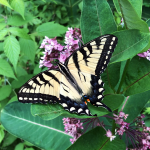Gardens
Best Flowering Indoor Plants
Indoor flowering plants are an easy way to enjoy a splash of color during a long New England winter. Here are four easy flowering indoor plants.
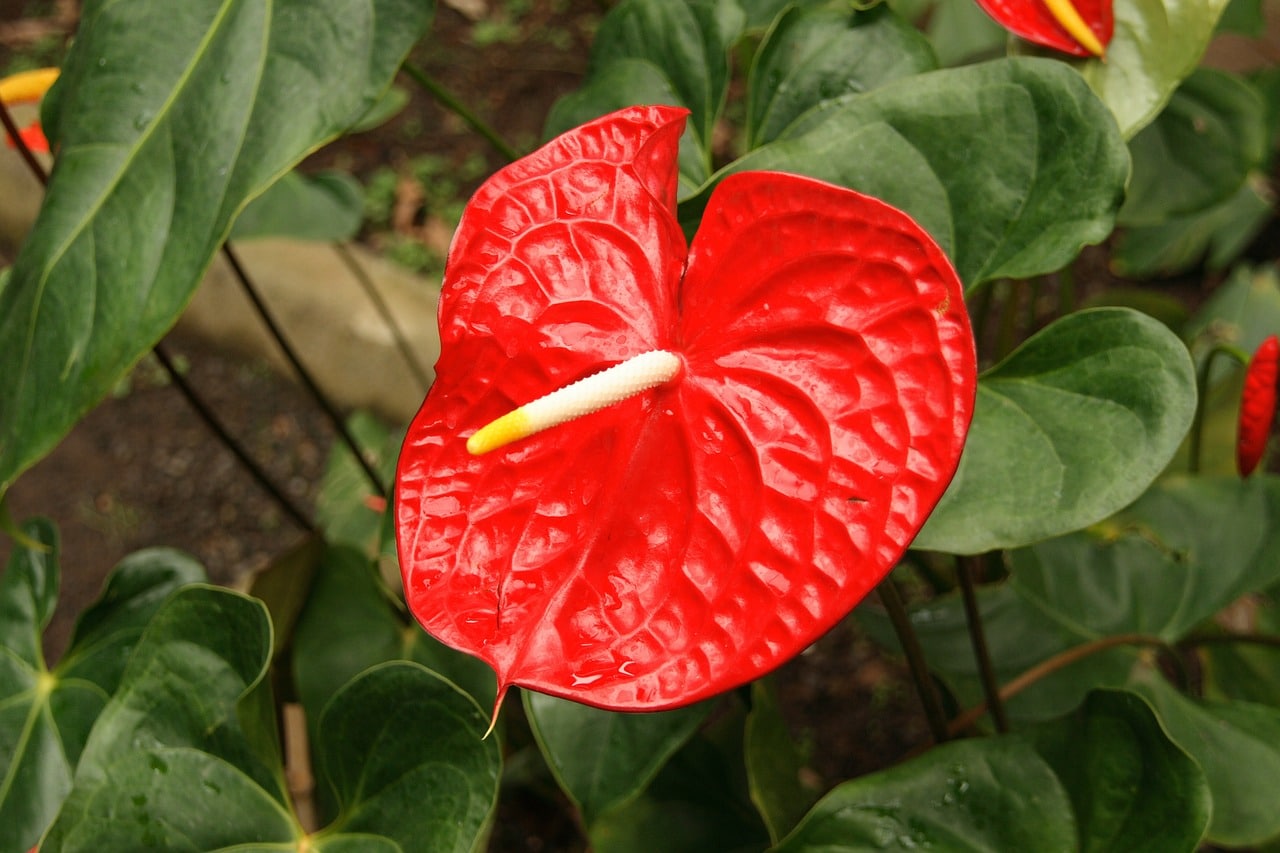
Coffee By Design | Portland, Maine
Photo Credit : Katherine Keenan
Photo Credit : Pixabay
BEST FLOWERING INDOOR PLANTS
MOTH ORCHIDS
Once a rarely seen luxury, Phalaenopsis orchids are now widely available at garden centers, supermarkets, and home stores. Look for plants that are mostly in bud instead of filled with open flowers and you’ll enjoy the blossoms for months. Most moth orchids are sold in plastic pots that are filled with sphagnum moss. This makes the plant easier to ship, but the moss also keeps the roots damp for a fairly long period of time. For this reason it’s important not to water these orchids too frequently. Phalaenopsis grown in moss can get watered every week to ten days, and should never sit in a container of water for any length of time. Should you buy a moth orchid that’s been grown in a clay pot with orchid bark, you can water it more frequently. Once your Phalaenopsis flowers finish, don’t cut off the old bloom stem right away. If the stem is still firm and green, these plants will often send up another branch of flowers. Once a stem turns dried and brown it can be clipped off to improve the look of the plant. SEE MORE: How to Care for Orchids and Help Them Bloom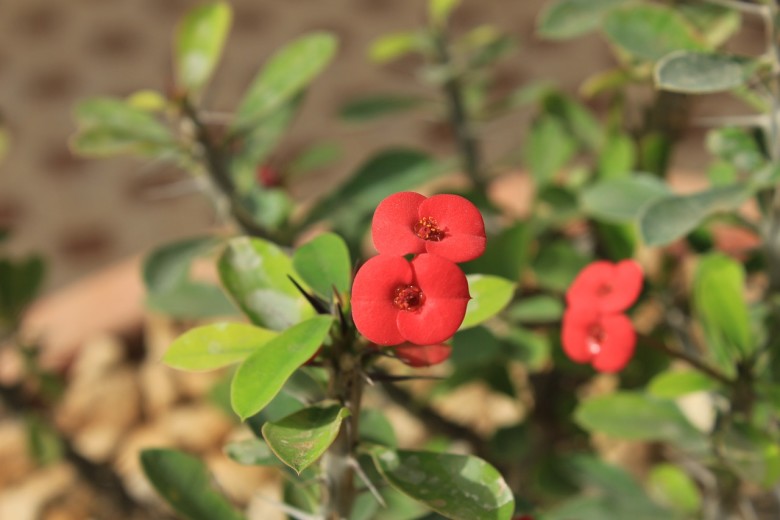
Photo Credit : Pixabay
CROWN OF THORNS
Also known as Euphorbia milii, the crown of thorns can flower continuously when given the right amount of light along with proper watering and fertilizing. Those who breed this favorite houseplant are continually selecting for larger flowers and interesting foliage as well. The flowers are a cheerful round shape and most varieties are red, coral, or pink, though white, green, or yellow blooming types can sometimes be found at garden centers. The blooms poke out from thick, thorny stems and dark green foliage, making this Euphorbia as sculptural as it is flower-filled. Since this plant needs good drainage, pot your crown of thorns in a clay container using a cacti-mix potting soil. Place it in a sunny window with a Southern or Western exposure and water it well once a week. Never let this Euphorbia sit in a saucer of water — although a thorough watering every seven days is in order, constantly wet conditions will cause root rot. Fertilize once a month with a mild application of a liquid fertilizer, and your plant will reward you with continual flower production.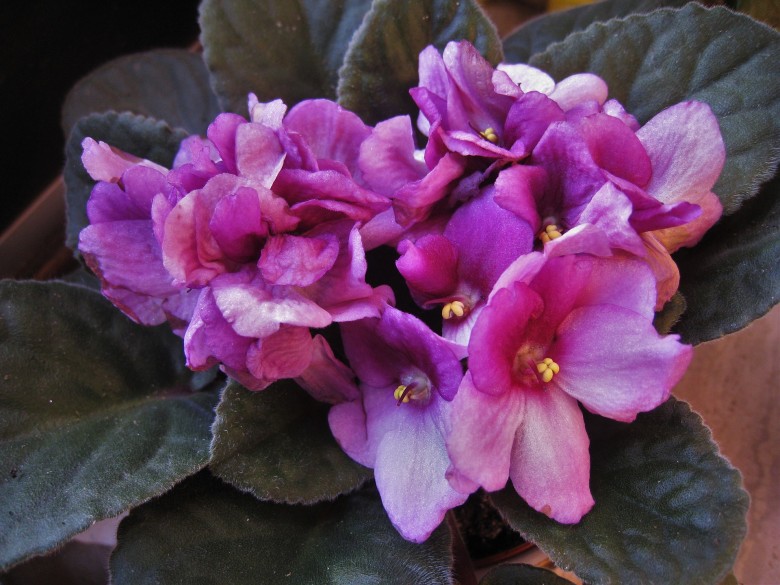
Photo Credit : Pixabay
AFRICAN VIOLETS
For those who don’t have a Southern or Western exposure, indoor blooms are still possible. Saintpaulia ionantha, more commonly known as the African violet, loves a Northern- or Eastern-facing window. In fact, the leaves of this plant actually turn yellow if they are getting too much sun. African violets appreciate drying out in between watering, so always feel the soil before adding more moisture. If the soil is damp, don’t water. Don’t let the plant get so dry that it’s wilted, however. That’s stressful for any plant. Another key to success is to fertilize your African violets once a month, but do so the day after watering; never fertilize a thirsty plant. SEE MORE: African Violets Care and Feeding | Grow Healthy African Violets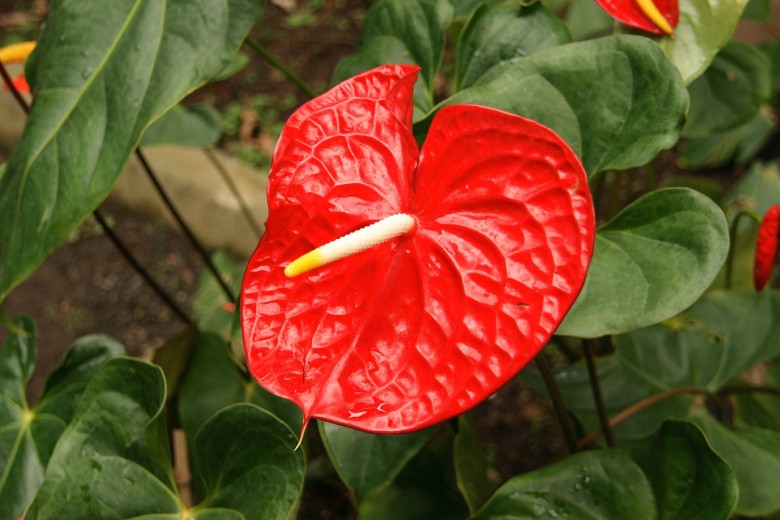
Photo Credit : Pixabay





